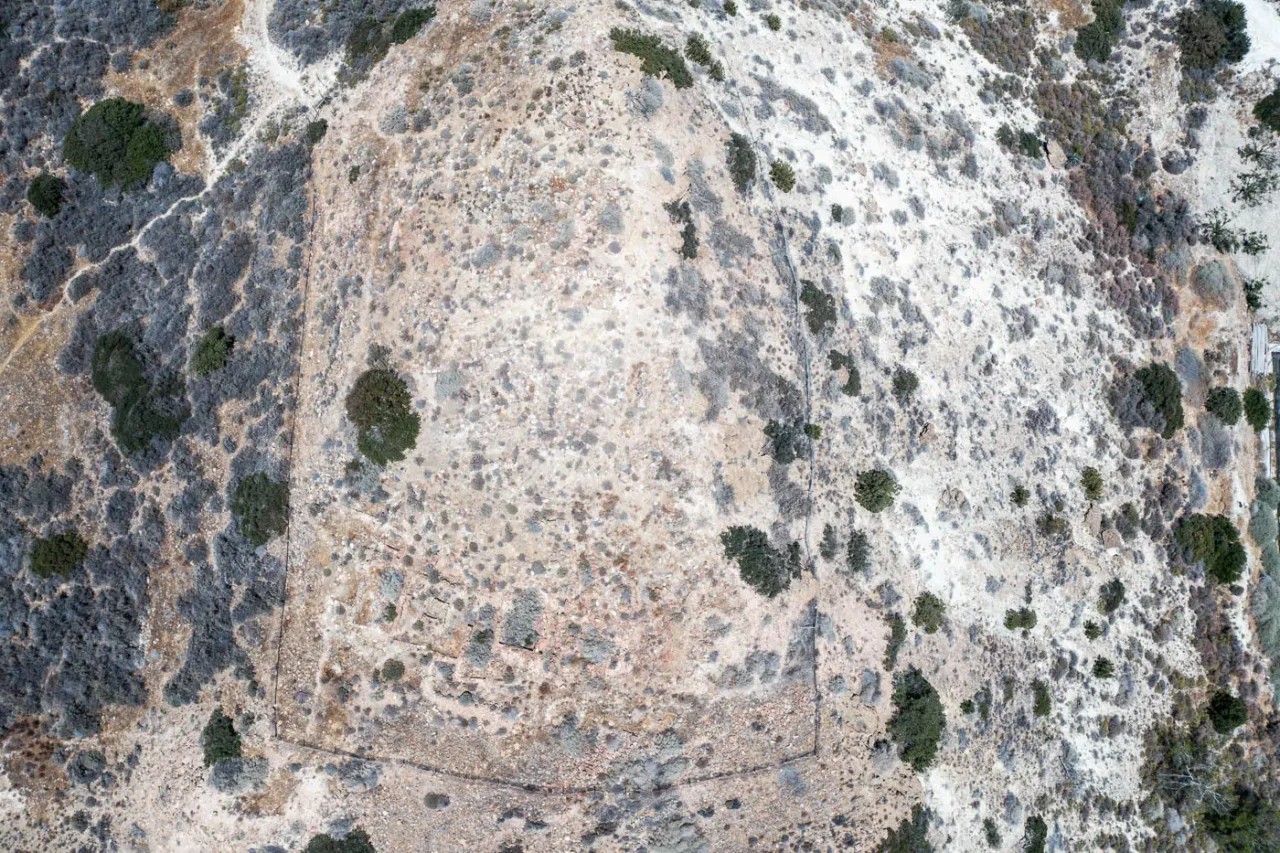
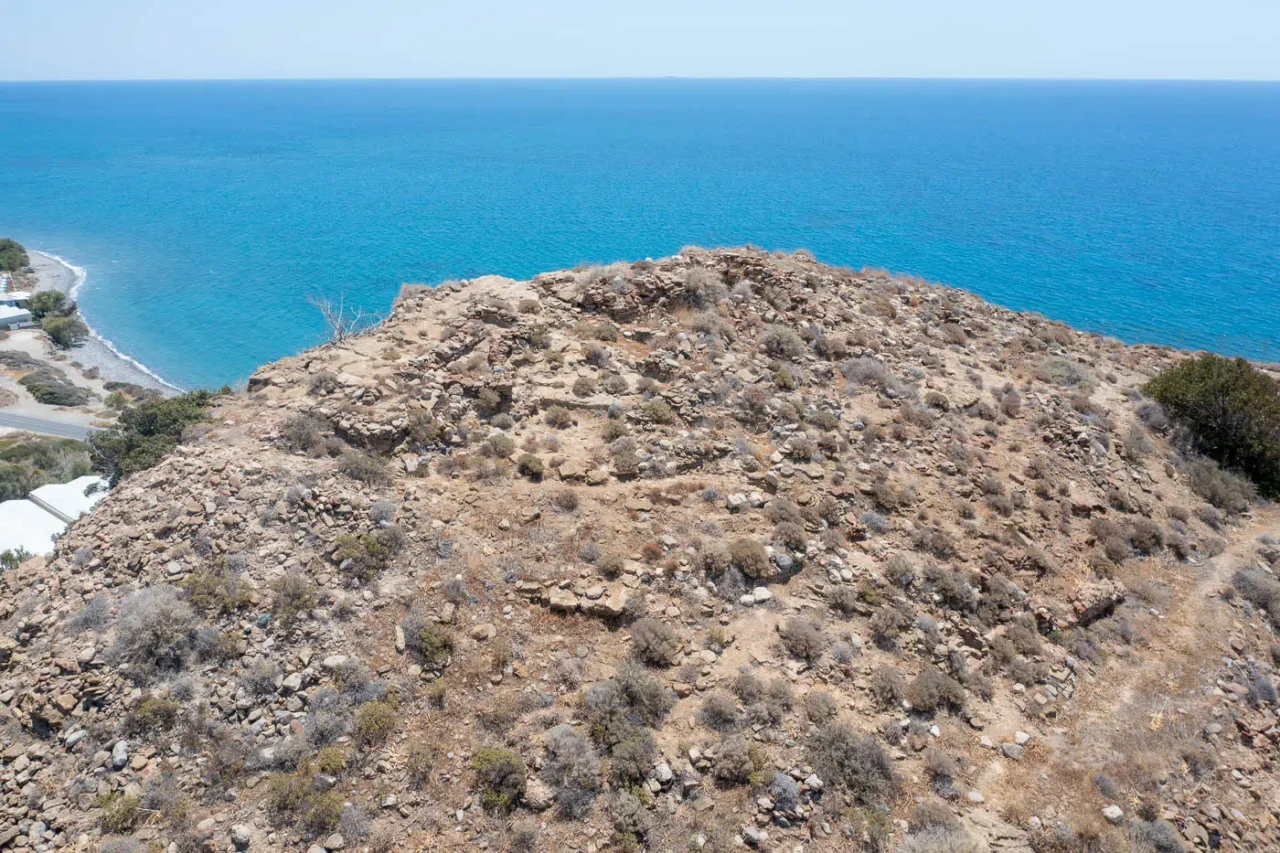
Fournou Korifi: A Window into Early Minoan Life
Perched atop a hill overlooking the Libyan Sea near Myrtos village, Fournou Korifi stands as a remarkable testament to the Early Minoan civilization. Dating back to the mid-3rd millennium BCE, this archaeological site offers a glimpse into the lives, social structures, and economic activities of this influential culture.
Shared Origins, Divergent Destinies
Fournou Korifi’s development is intertwined with that of the nearby settlement, Pyrgos Myrtos. Both emerged during the Early Minoan IIA period, but their paths diverged. While Pyrgos Myrtos continued to prosper, Fournou Korifi suffered a devastating fire during the Early Minoan IIB period. Yet, the settlement was rebuilt and expanded significantly during the same phase, indicating a resilient community.
Unveiling the Settlement’s Complexity
Excavations have revealed a well-organized settlement with two distinct phases of growth. The initial phase comprised a smaller settlement with around 30 rooms. However, during the second phase, the settlement expanded rapidly, encompassing approximately 90 rooms, suggesting a population increase to 100-120 individuals.
Interpretations of Social Structure
Archaeologist Peter Warren, who led the initial excavations, initially interpreted Fournou Korifi as a communal settlement with an egalitarian social structure. Subsequent analysis by Todd Whitelaw proposed a more intricate social landscape, suggesting the presence of five to six distinct households, each with its own internal dynamics. This interpretation points to a potentially more complex social hierarchy within the settlement.
Discoveries Illuminating Minoan Culture
Among the most notable finds at Fournou Korifi is the “Myrtos Goddess,” a terracotta figurine depicting a female deity. This exquisite piece, with its intricate details and vibrant red pigmentation, raises questions about its role within the settlement. Was it a religious object used in communal rituals or a personal possession within a household?
Economic Activities and Daily Life
The archaeological remains at Fournou Korifi offer insights into the economic activities of the Early Minoans. Evidence of ceramic workshops, weaving areas, and facilities for processing wine and oil suggests a diverse economy and skilled craftsmanship. The settlement’s strategic location, with access to the sea and fertile lands, likely contributed to its economic prosperity.
A Legacy of Research and Exploration
Fournou Korifi continues to be a subject of ongoing research and exploration. Its well-preserved remains offer a unique opportunity to study Early Minoan architecture, social organization, and daily life. The site also serves as a reminder of the interconnectedness of ancient settlements and the complex social dynamics that shaped early civilizations.
The South House: A Glimpse into Domestic Life
One of the most well-preserved structures at Fournou Korifi is the South House. This multi-room dwelling provides valuable insights into Minoan domestic architecture and daily routines. The presence of a weaving room, storage areas, and a kitchen suggests a self-sufficient household with specialized activities. The South House also highlights the variations in building materials used during different phases of construction, indicating a dynamic and evolving settlement.
The Enduring Significance of Fournou Korifi
Fournou Korifi remains a captivating destination for archaeologists, historians, and anyone interested in the origins of Minoan civilization. Its archaeological remains continue to yield valuable information about this ancient culture, contributing to our understanding of their social structures, economic practices, and artistic expressions.
Archaeological Site: Key Points
- Construction Period: Early Minoan IIA to IIB (c. 3500-3000 BCE)
- Location: Hilltop near Myrtos village, Ierapetra municipality, Lasithi regional unit, Crete, Greece
- Dimensions: Approximately 90 rooms during its peak
- Historical Significance: Well-preserved Early Minoan settlement offering insights into social structure, economic activities, and daily life
- Current Status: Archaeological site open to the public
Reference:
Access
The short earth road is in bad shape, but the site is not far at all from the paved road













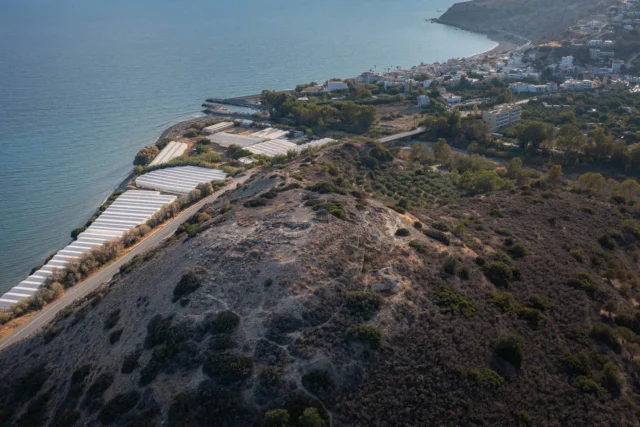

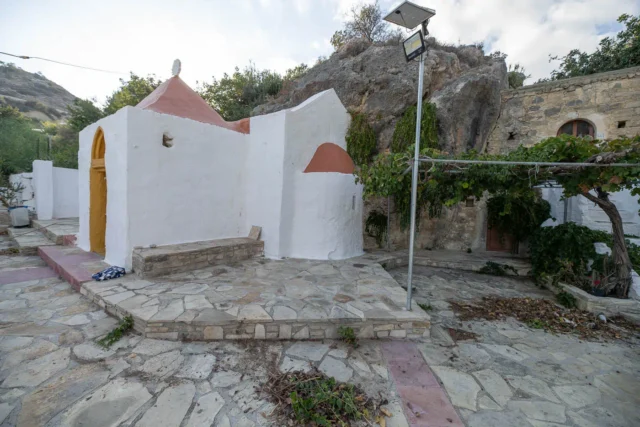



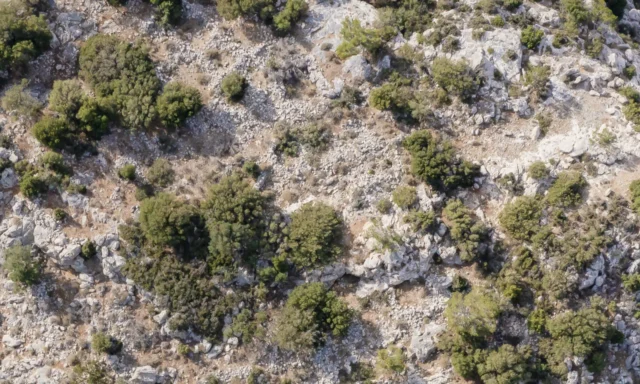
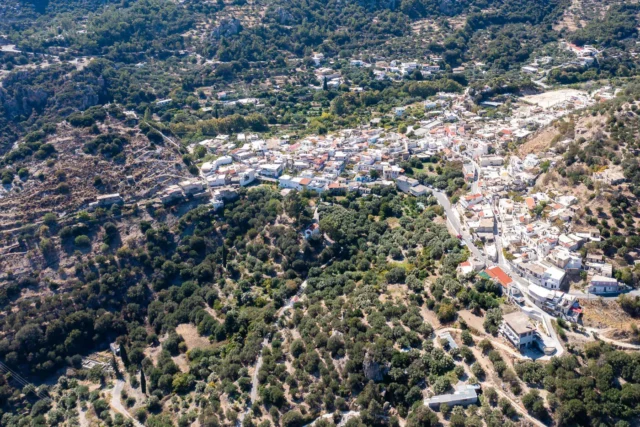
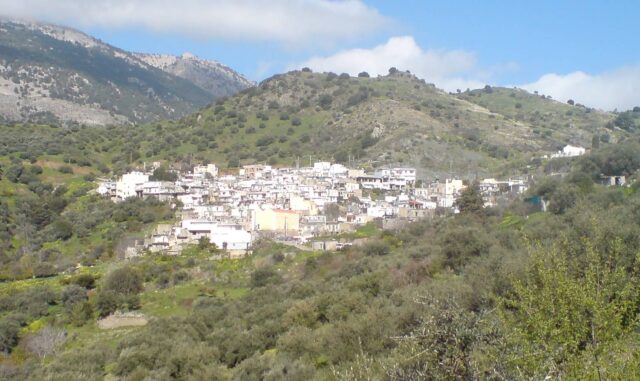
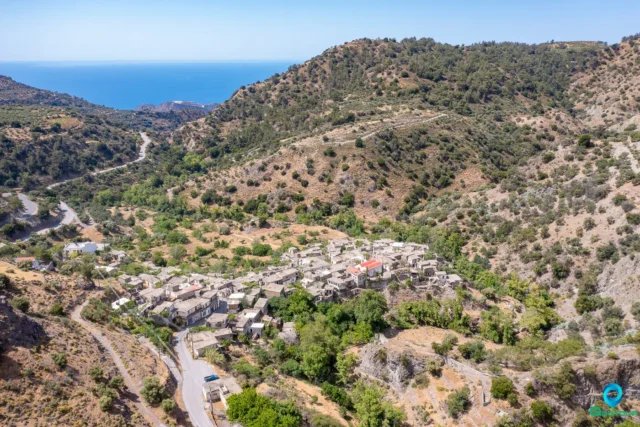


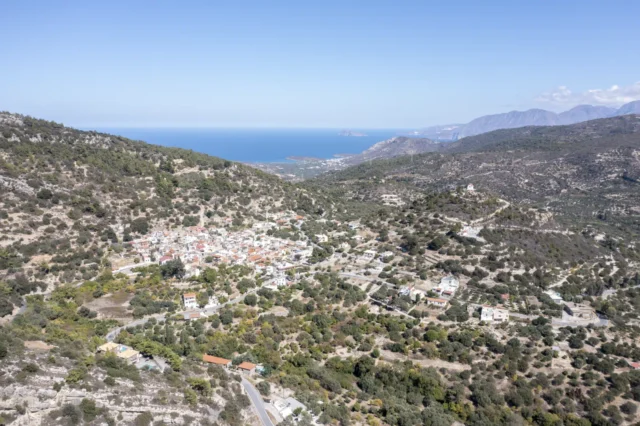
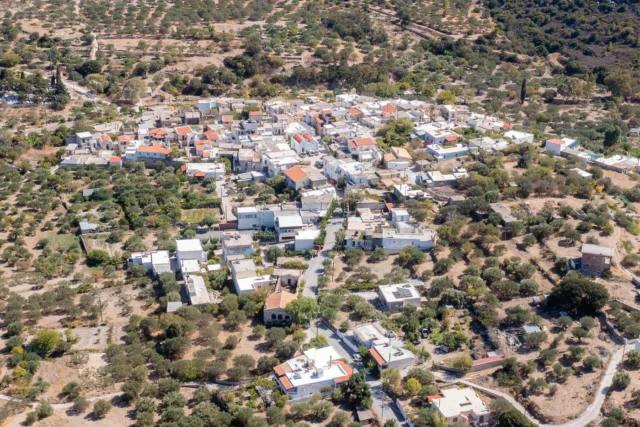
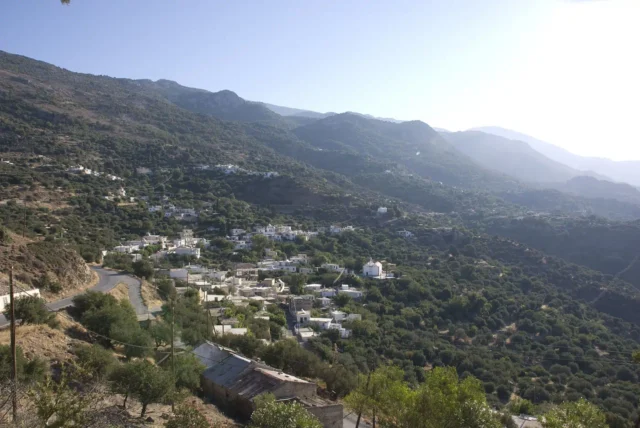
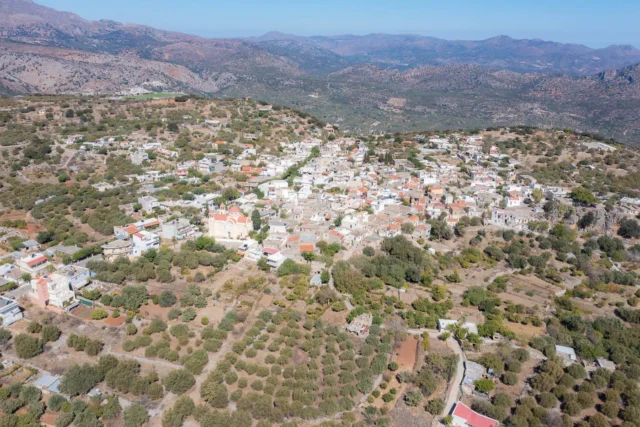
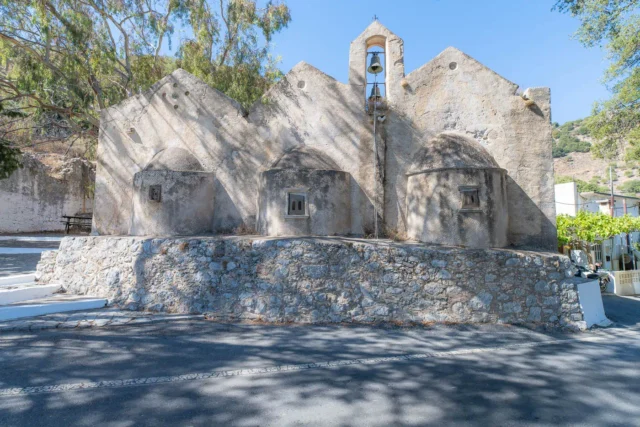
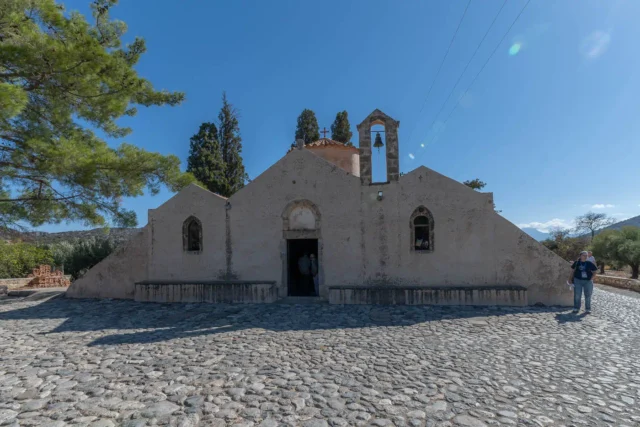
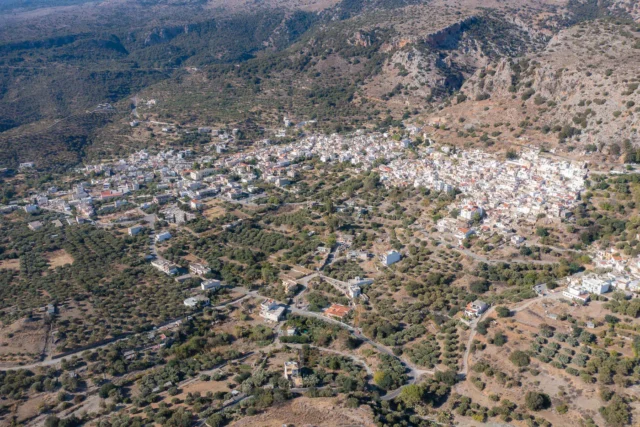

There are no comments yet.